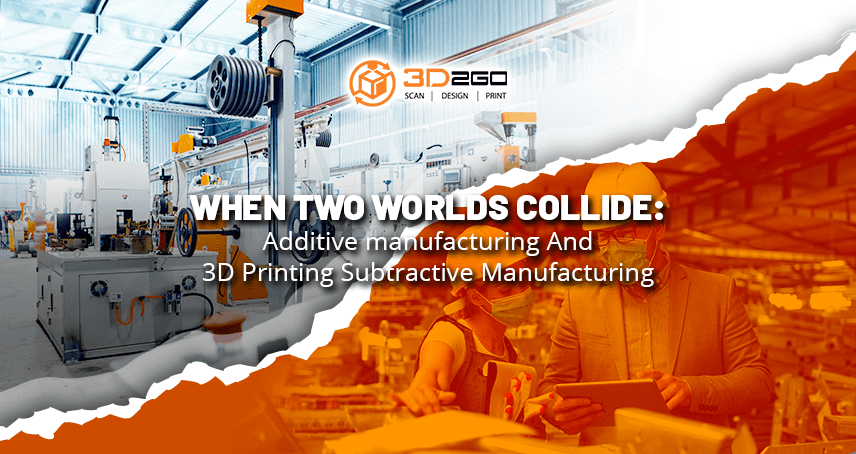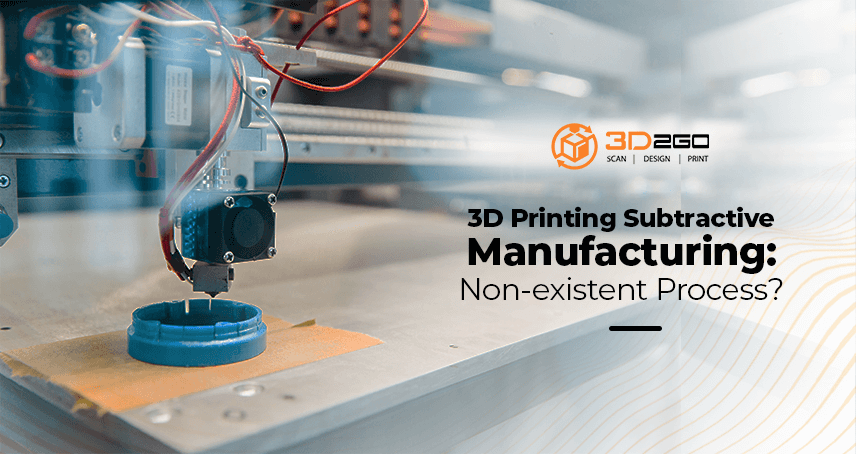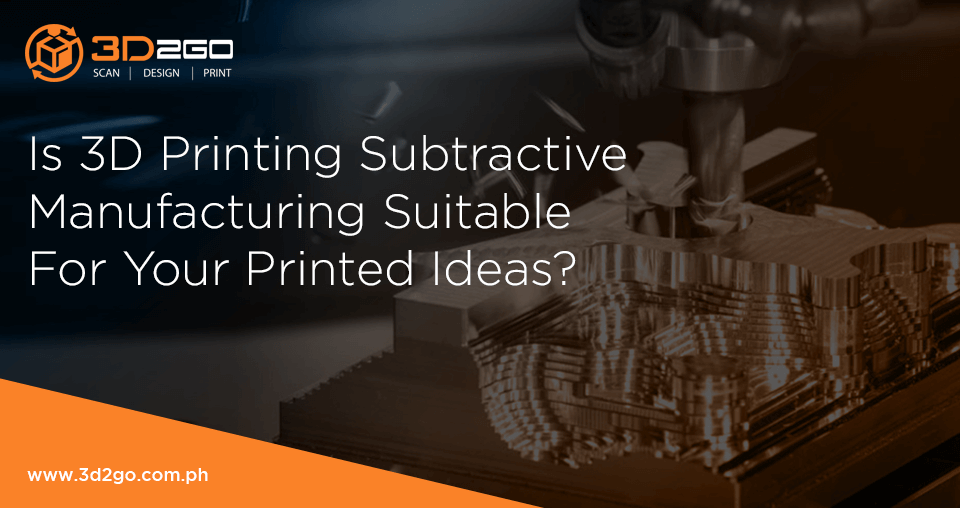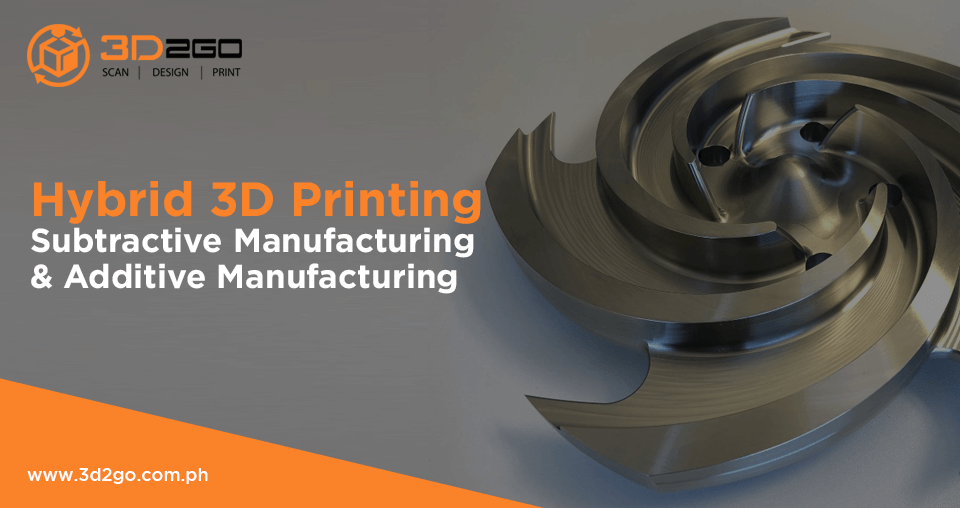
Hybrid 3D Printing Subtractive Manufacturing & Additive Manufacturing
May 14, 2022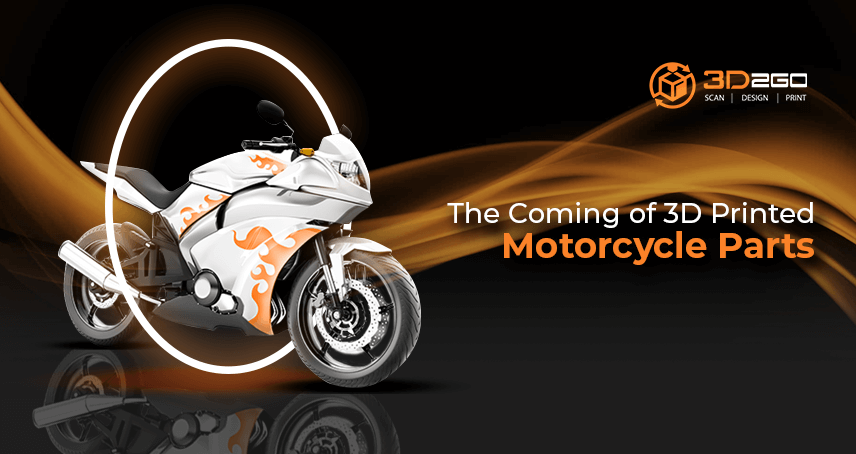
The Coming of 3D Printed Motorcycle Parts
May 14, 2022Which is which? 3d printing vs additive manufacturing
Is additive manufacturing the same as 3D printing?
The answer is no. The two terms describe two different things. And the difference is becoming increasingly important.
One key difference is the industrial vs consumer focus. While consumers typically focus on the singular vs mass production of 3D-printed objects, businesses increasingly use additive manufacturing, or AM, for the large-scale production of end-use objects. It is also appropriate to consider the functional vs ornate nature of the printed object when referring to 3D printing. Manufacturers typically use AM to produce functional prototypes, molds, mold inserts, and end-use products, while the intent of consumer 3D printing is more often used to print one-of-a-kind ornate objects like intricate vases and lampshades.
Increasingly, manufacturers see additive manufacturing as a cost-saving alternative in certain situations where CNC machining, injection molding and investment casting were used in the past. Sometimes, a single AM-produced component replaces many parts, reducing assembly times and simplifying supply chains.
The terms overlap. They can be used in ways that make them sound like synonyms. But the difference is that 3D printing is the operation at the heart of additive manufacturing.
On the other hand, additive manufacturing requires and includes 3D printing. But it also entails more than 3D printing. It refers to something more rigorous. AM is the broader and more all-inclusive term. It is commonly associated with industrial applications, like the fabrication of functional prototypes. AM also involves end-user applications like the mass production of components.
Additive vs subtractive manufacturing
Subtractive manufacturing is a complete opposite of additive manufacturing. If in additive, you literally add materials to create, subtractive is cutting away materials.
Subtractive manufacturing is a process by which 3D objects are constructed by successively cutting material away from a solid block of material. This can be done by manually cutting the material. This is most done with a CNC Machine.
Advanced CNC machines utilize multiple tools and cut around at least three (x, y, and z) axes. As a result, it minimizes the requirement for designers to flip the block. One of the advantages of subtractive manufacturing is the ability to machine an extremely thin piece of plastic into a living hinge. This kind of process is not yet possible with a 3D printer. For those prototypes that require living hinge components, it is useful to produce certain parts using additive manufacturing while using the CNC machine.
Advantages of additive process
Additive manufacturing is about more than just creating a physical product, it is about bringing design and innovation to the forefront. In fact, having creative freedom without worrying about cost or time penalties is one of the primary advantages of additive manufacturing.
New technology keeps advancing. As a result, many companies turn toward additive manufacturing/ Furthermore, more and more advantages are being revealed on a regular basis.
- Cost of Entry is Becoming More Affordable
- It Is Easy to Change or Revise Versions of a Product
- Training Programs Are Becoming Readily Available at All Levels
- It Reduces Waste Production
- It Saves on Energy Costs
As said earlier, additive and subtractive processes are entirely different from one another. But they more or less work well side by side.
Still not sure which will point you toward the best outcome?
Get in touch with us by sending us files in .obj or .stil format in our email address management@my3d.com.ph. You can also reach us through our Facebook and Instagram pages today!


